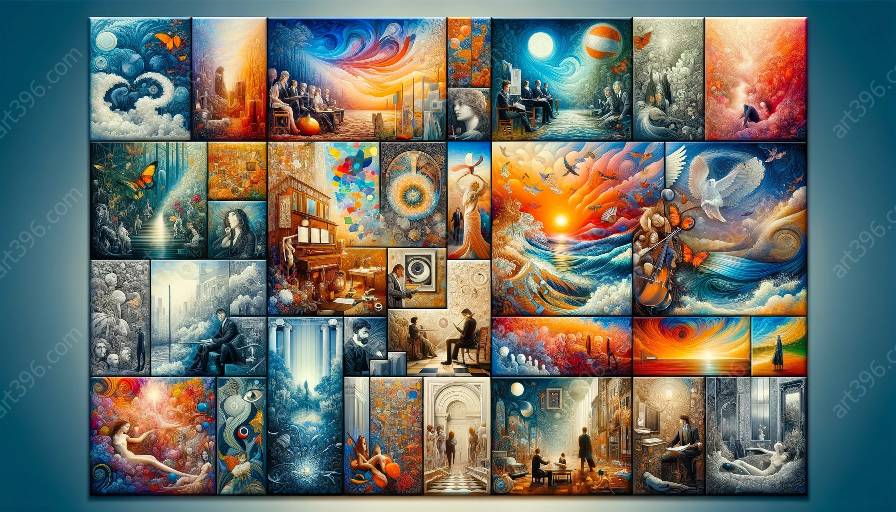The 19th century was a time of significant change as the world witnessed the rise of the Industrial Revolution, a period marked by technological advancements, urbanization, and social transformations. Concurrently, the art world experienced a shift towards a new movement known as Realism. This intersection of Realism and the Industrial Revolution brought about a profound influence on the art world, reflecting the changing social and economic landscape.
The Industrial Revolution and Its Impact
The Industrial Revolution, which began in the late 18th century, ushered in a period of rapid industrialization and urbanization. It marked a shift from agrarian and handcrafted economies to machine-based manufacturing and mass production. This transition led to the growth of urban centers, the expansion of factories, and the rise of a working class that faced newfound challenges and hardships.
The impact of the Industrial Revolution on society was profound, as it reshaped the economic and social fabric of communities. Cities became crowded with factories and tenement housing, and the working conditions in these industrial centers were often dismal. This period of immense change, with its accompanying societal inequalities and human struggles, provided fertile ground for artistic exploration and expression.
Realism: A Response to Industrialization
Realism emerged as a reaction to the social and economic transformations brought about by the Industrial Revolution. Artists sought to depict the world as it was, focusing on ordinary people, everyday experiences, and the harsh realities of urban life. Realist painters aimed to capture the essence of contemporary society, portraying scenes of industrial labor, urban poverty, and the effects of rapid urbanization.
Realist artists, such as Gustave Courbet, Honoré Daumier, and Jean-François Millet, rejected romanticized and idealized depictions of life in favor of a more truthful representation of the world around them. They turned their attention to ordinary men and women, showcasing their resilience, struggles, and dignity amidst the challenges posed by industrialization.
Realist Art and Social Commentary
Realist artworks served as a form of social commentary, shedding light on the harsh realities faced by the working class and highlighting the disparities brought about by industrialization. Through their paintings, these artists aimed to provoke empathy, awareness, and a sense of social responsibility among their viewers. Their works functioned as a mirror reflecting the profound changes taking place in society, urging viewers to confront the often harsh and unjust conditions faced by many during the Industrial Revolution.
Depicting Industrial Landscapes
In addition to focusing on human subjects, Realist artists also turned their attention to the industrial landscapes that were rapidly reshaping the world around them. They depicted factories, urban alleyways, and the gritty reality of industrialized cities. By portraying these industrial environments with unflinching honesty, artists sought to convey the impact of industrialization on the physical and social fabric of society.
The Legacy of Realism and the Industrial Revolution
The intersection of Realism with the Industrial Revolution left a lasting imprint on the art world. Realist artists not only captured the immediate impact of industrialization but also set the stage for future artistic movements. Their commitment to portraying truth and social consciousness laid the groundwork for subsequent art movements that continued to engage with the evolving social, political, and economic landscapes of the modern world.
In conclusion, the intersection of Realism with the Industrial Revolution had a profound impact on the art world. Realist artists responded to the challenges and transformations brought about by industrialization by portraying the realities of urban life, the human toll of industrial labor, and the changing landscapes of the era. Their art became a powerful vehicle for social critique and an enduring record of a pivotal moment in human history.

